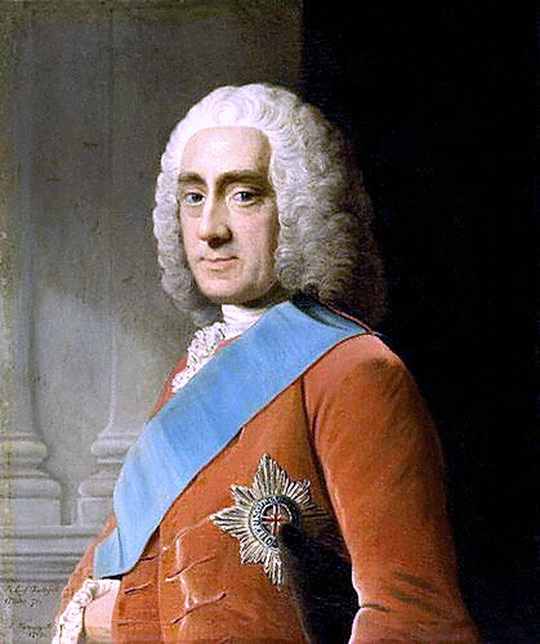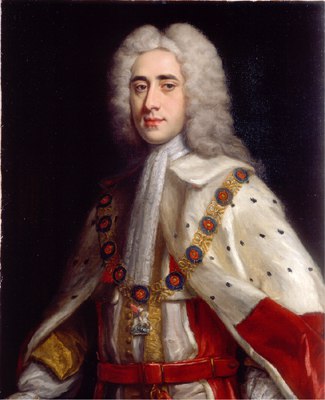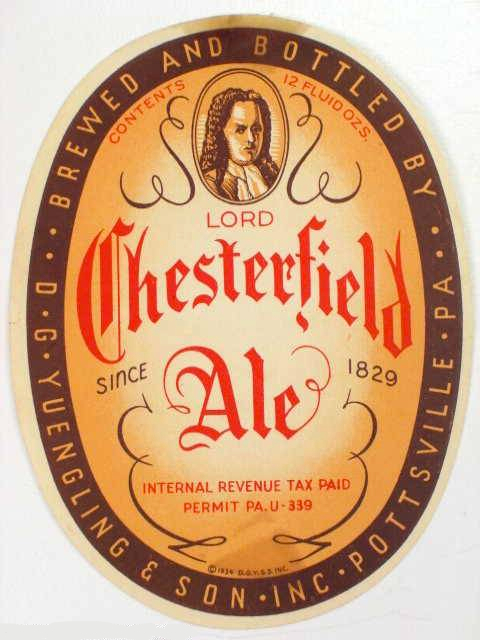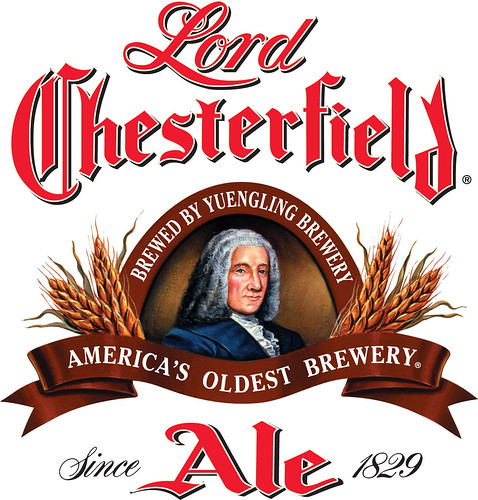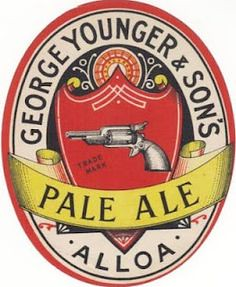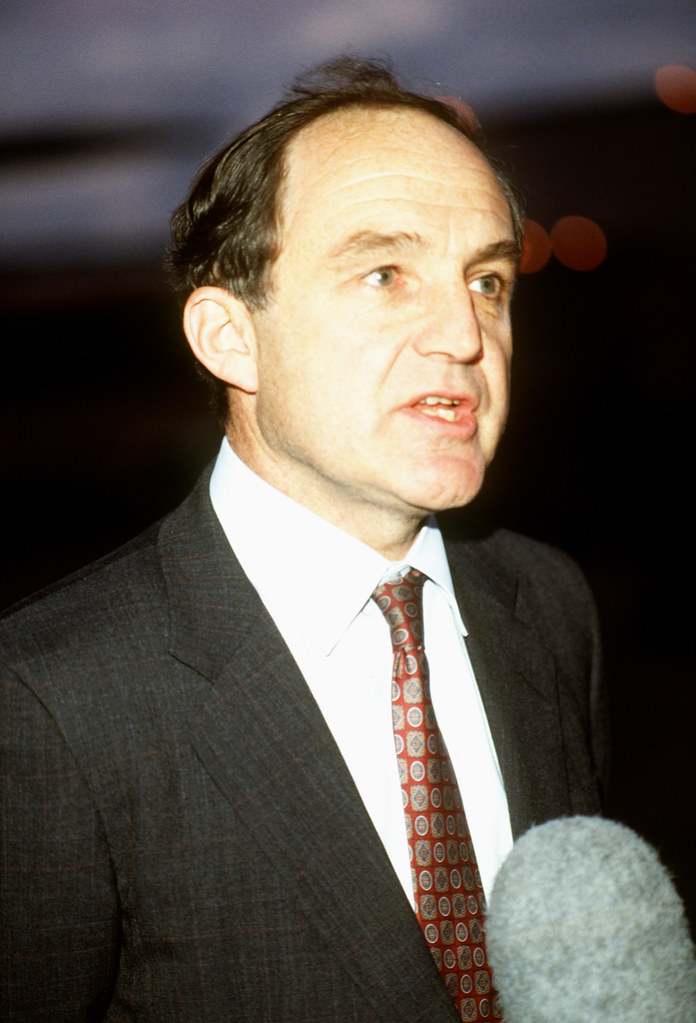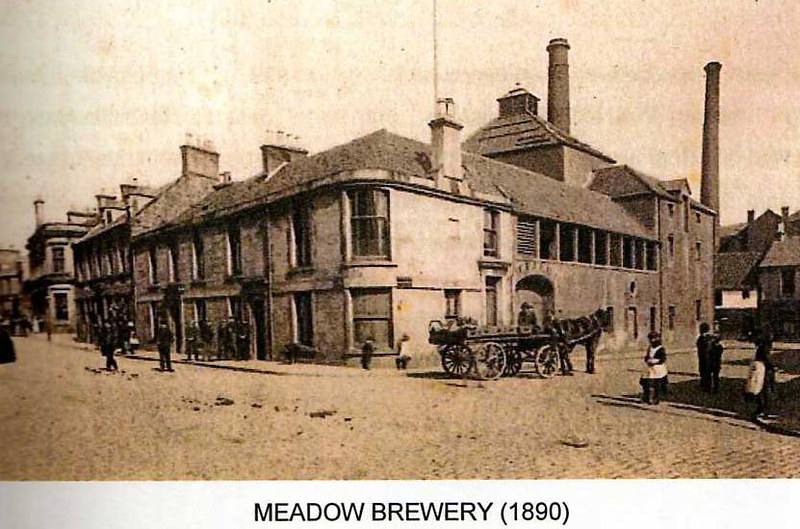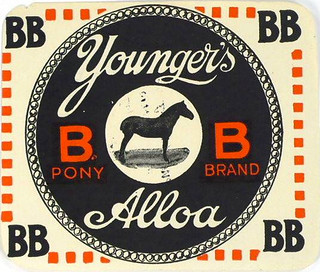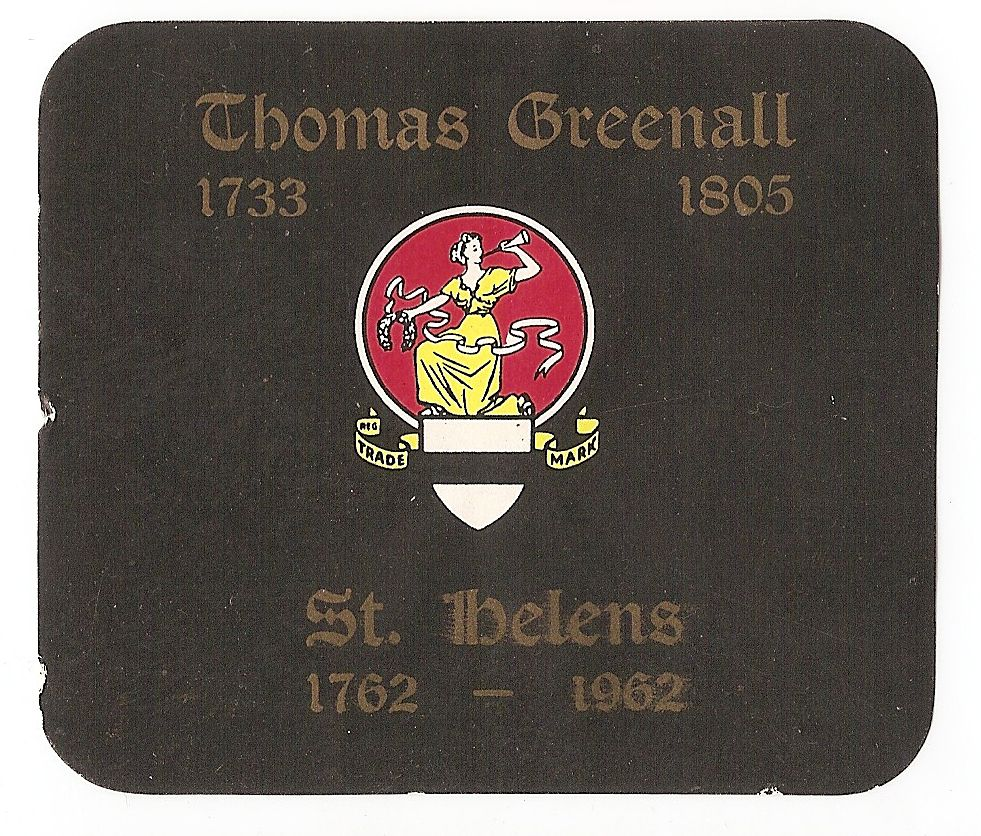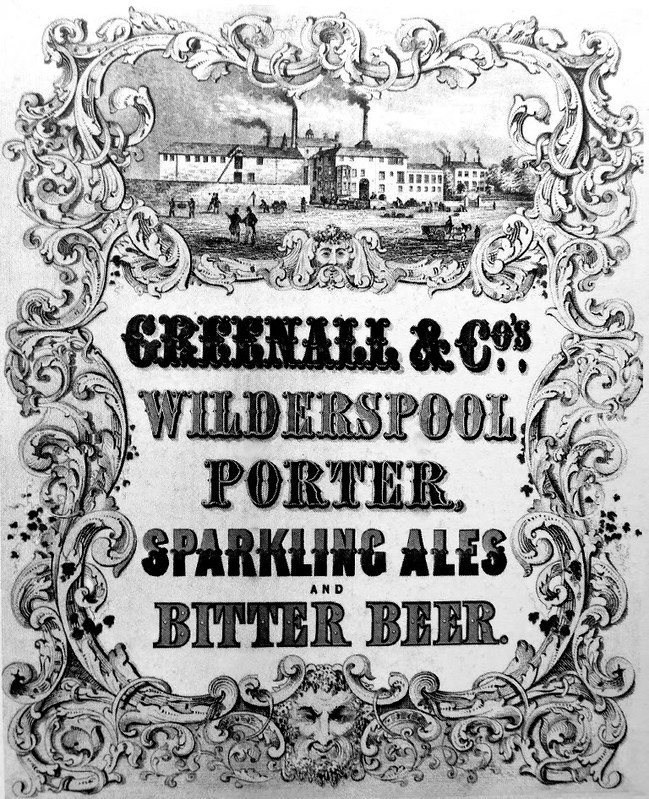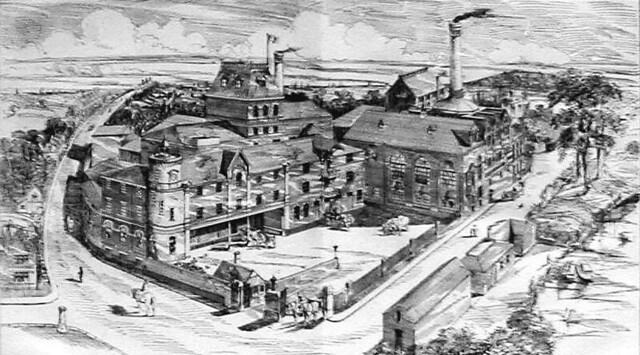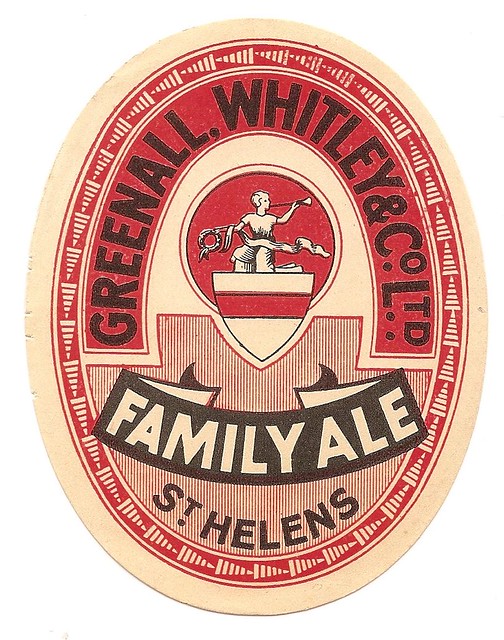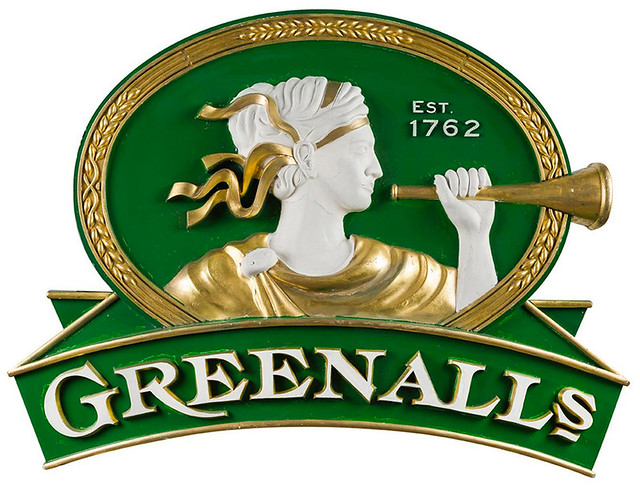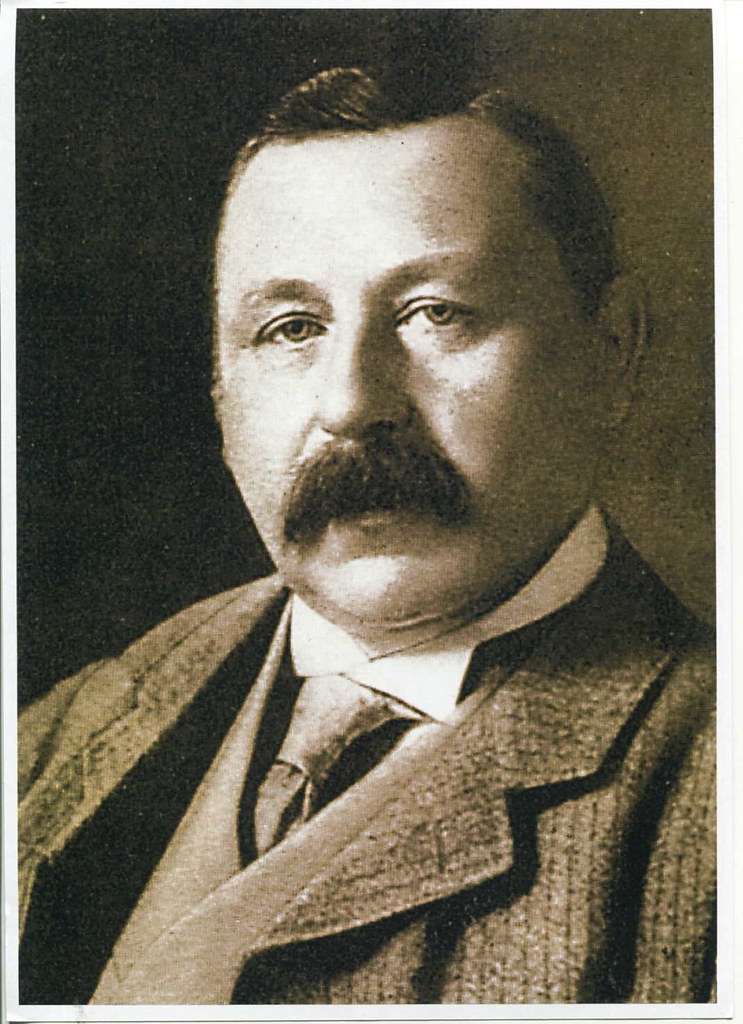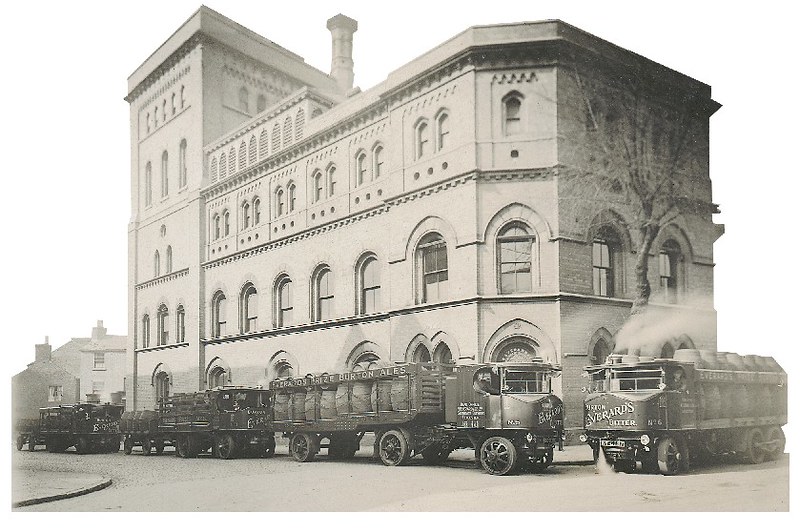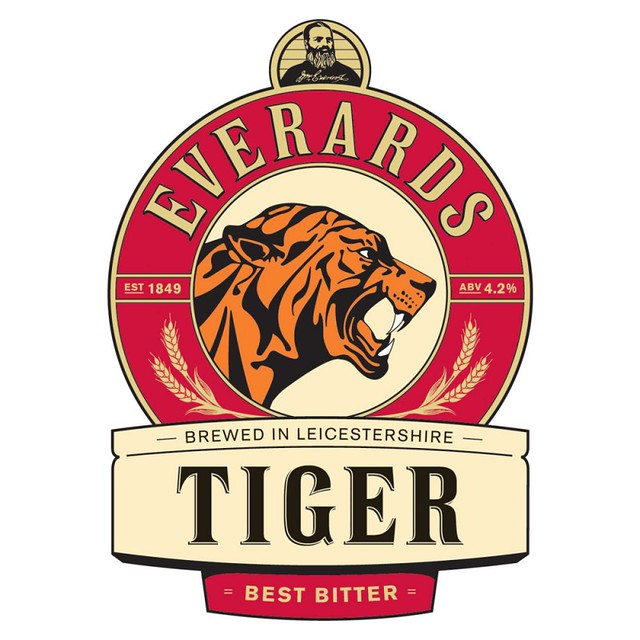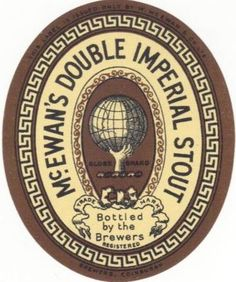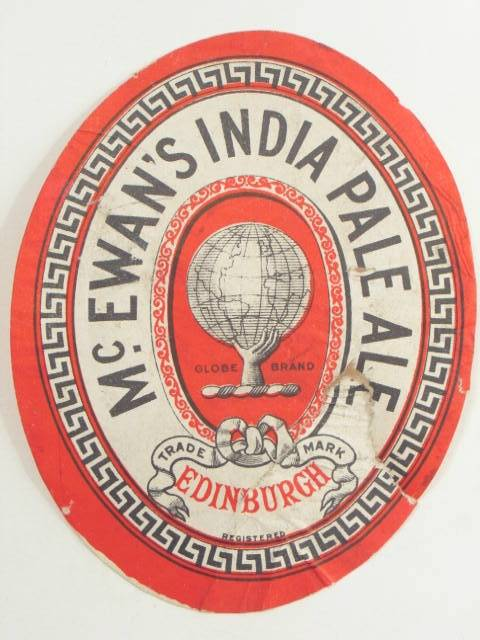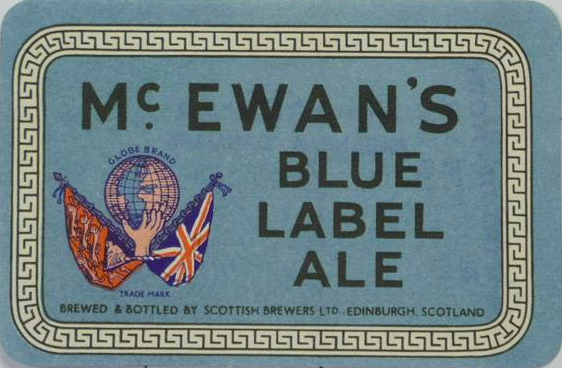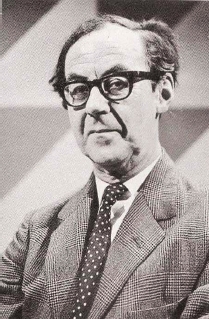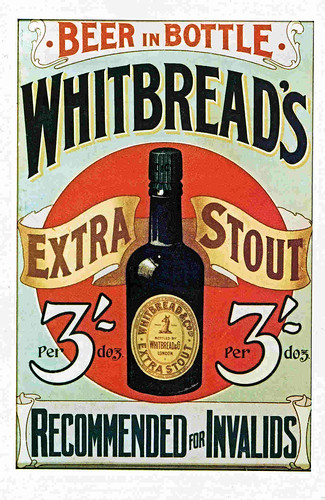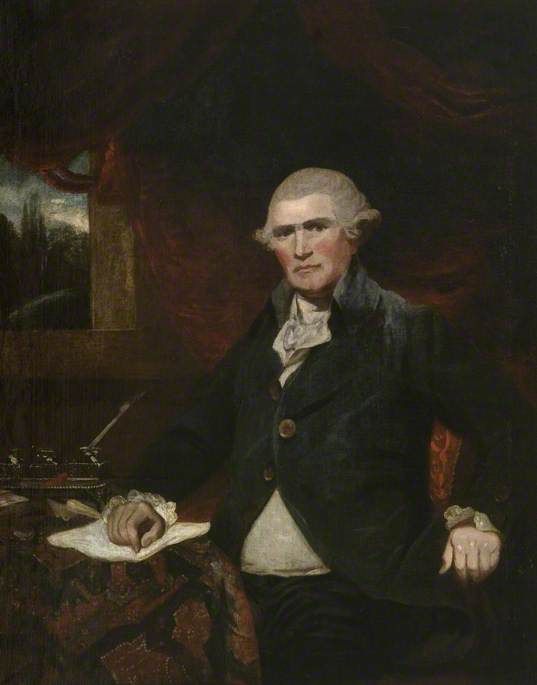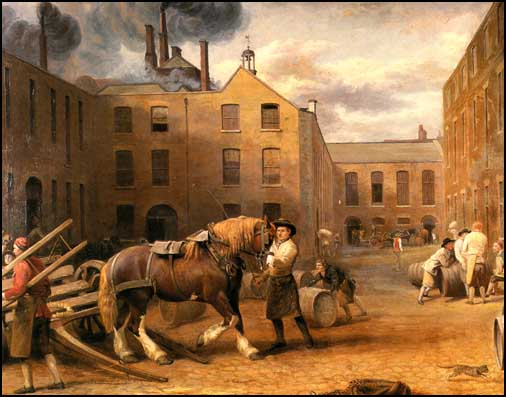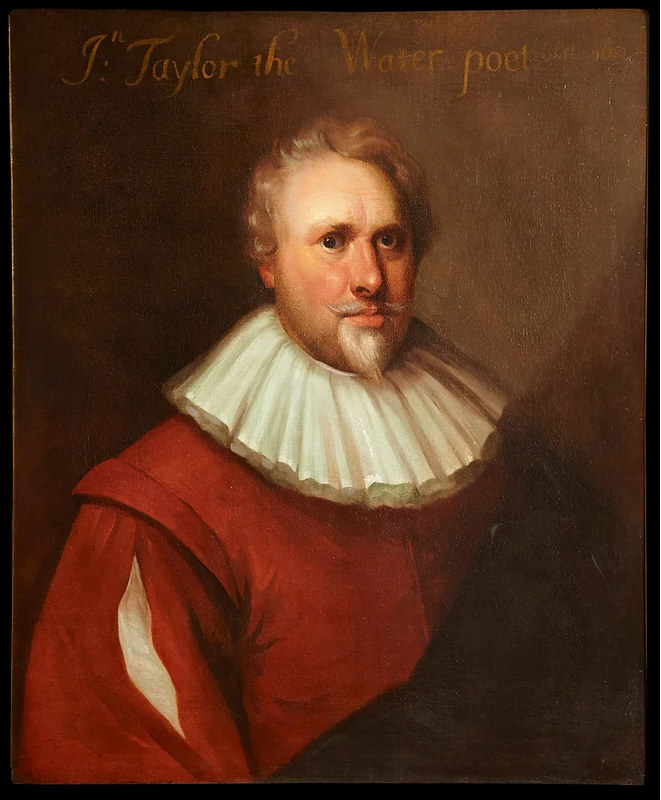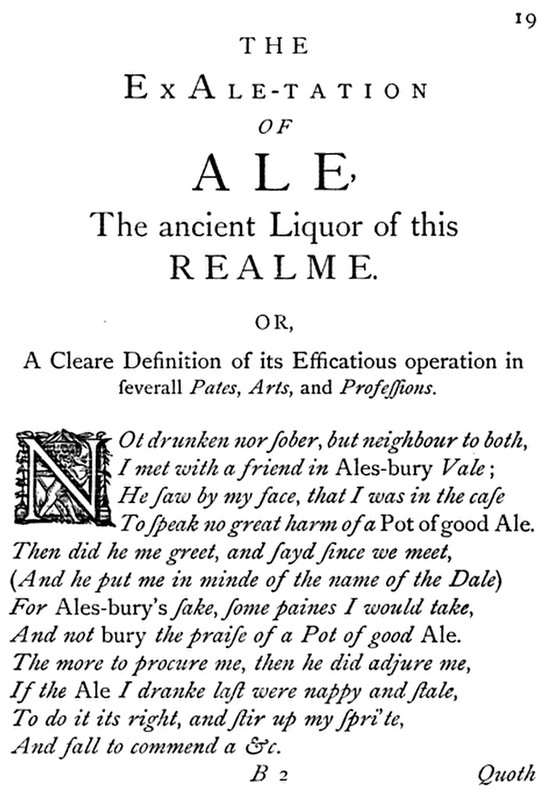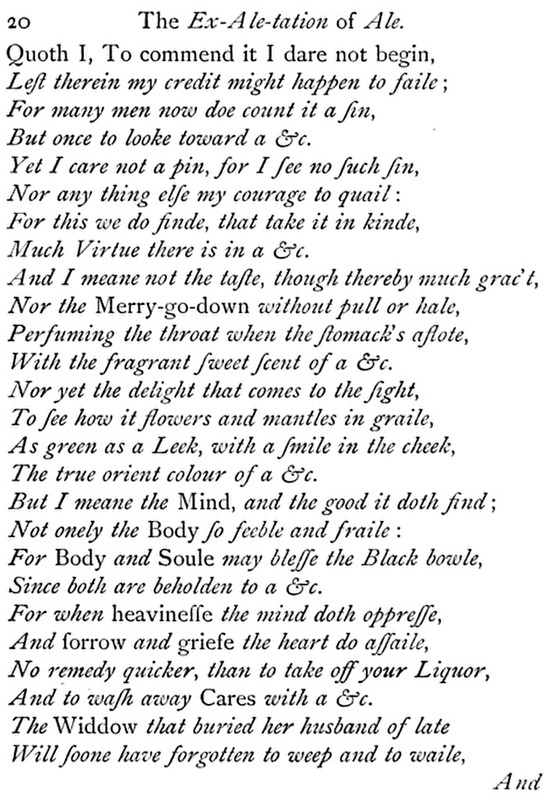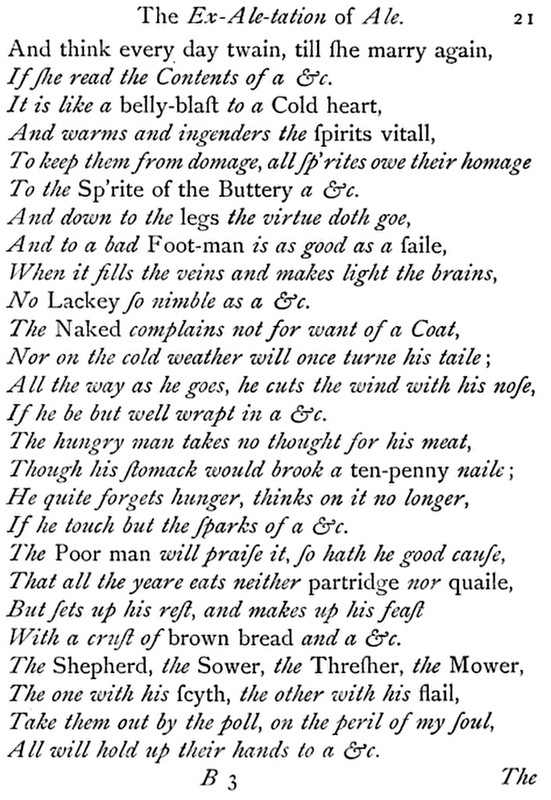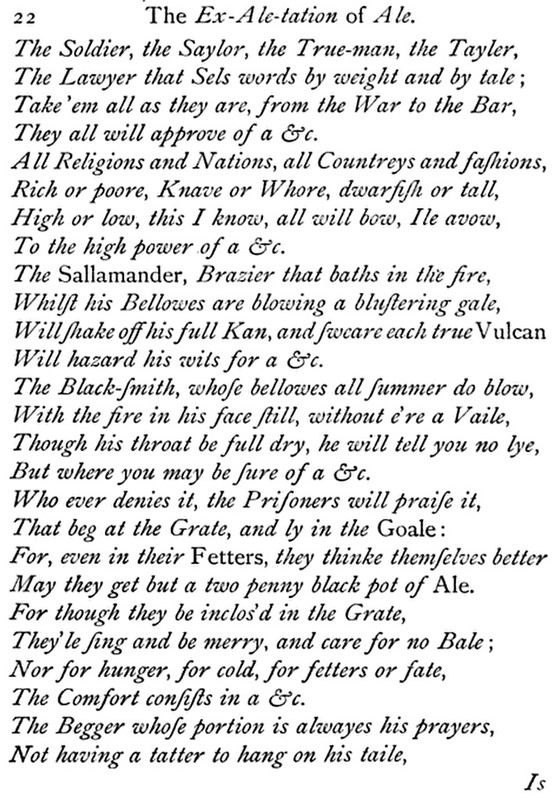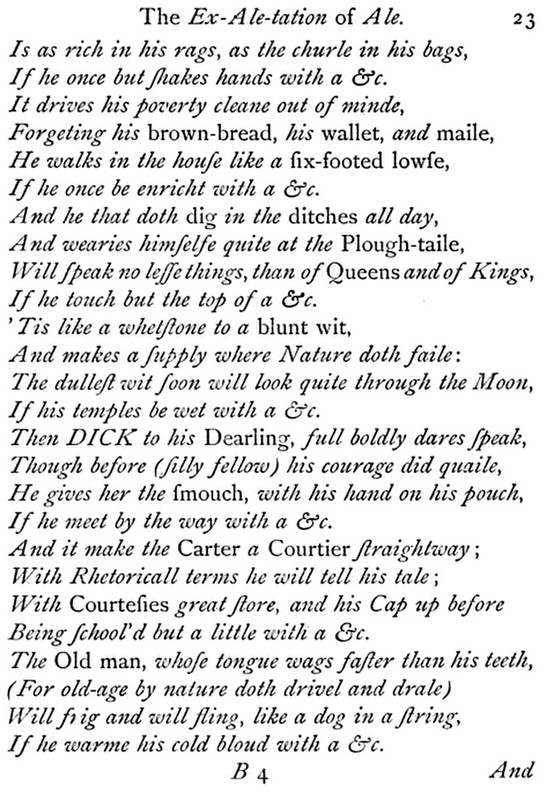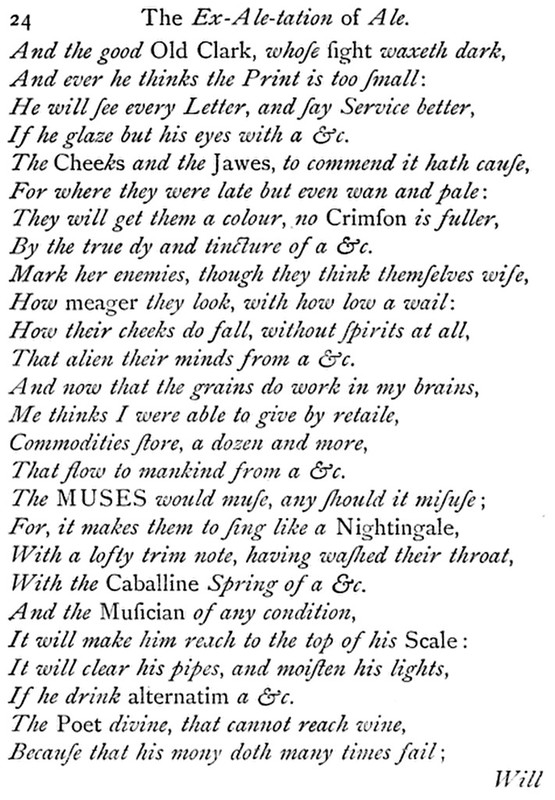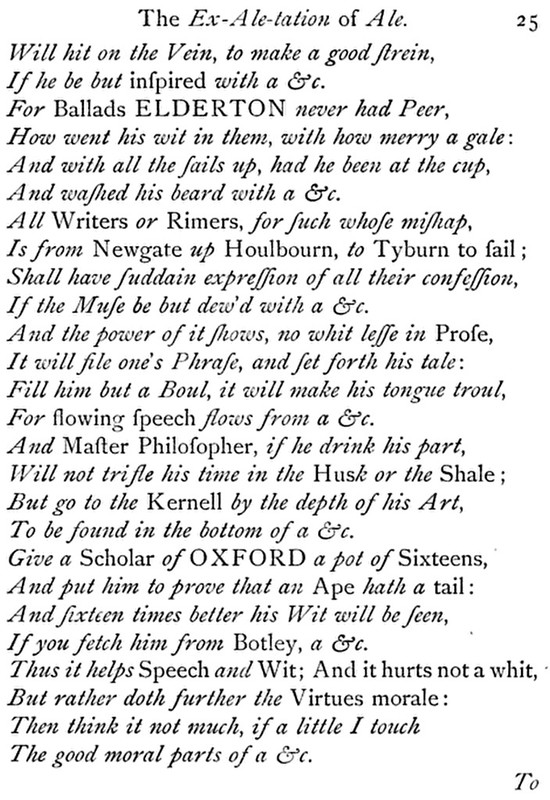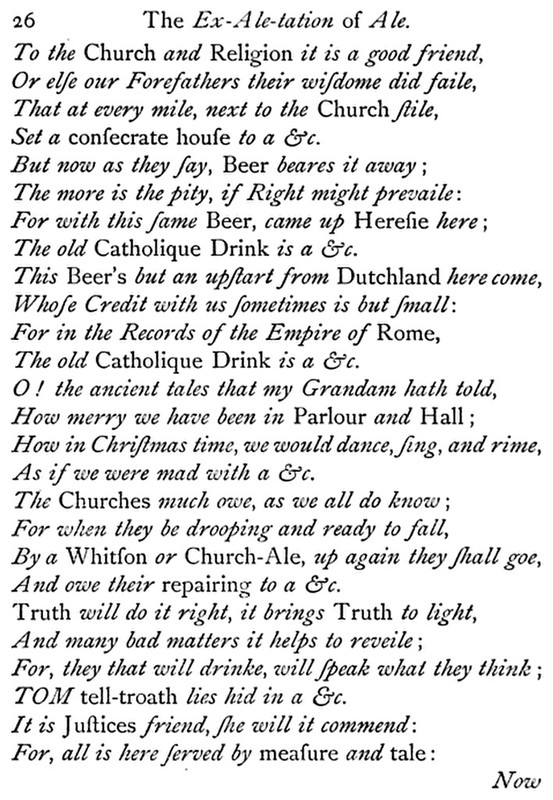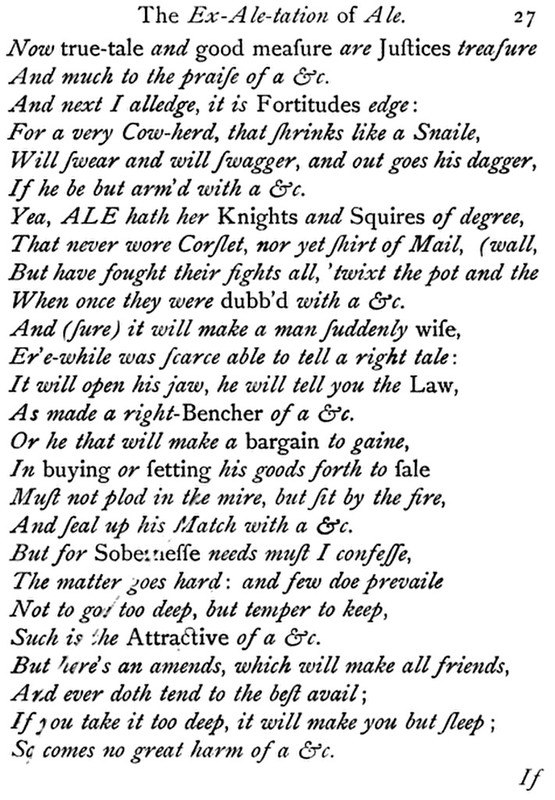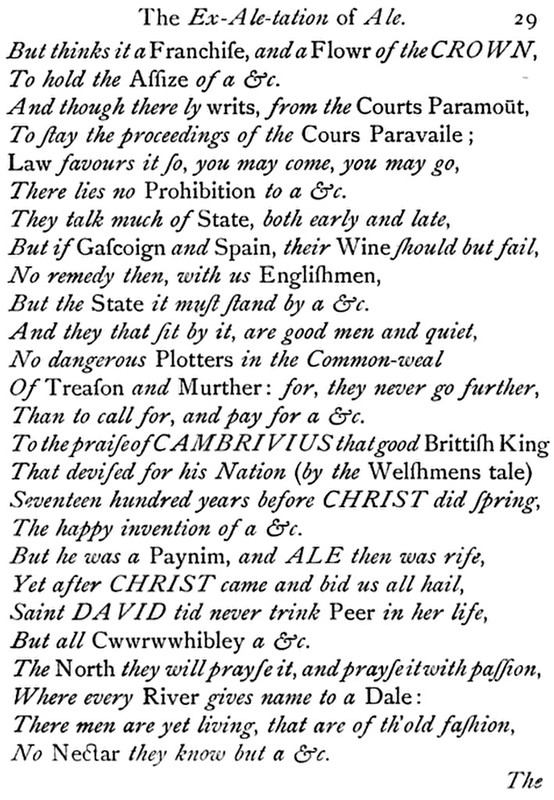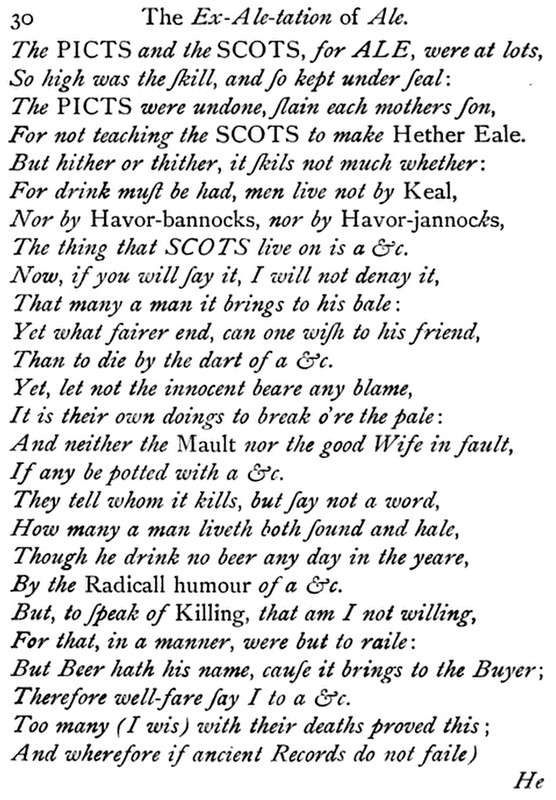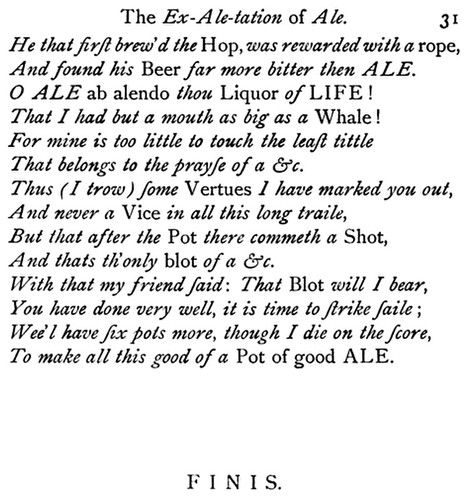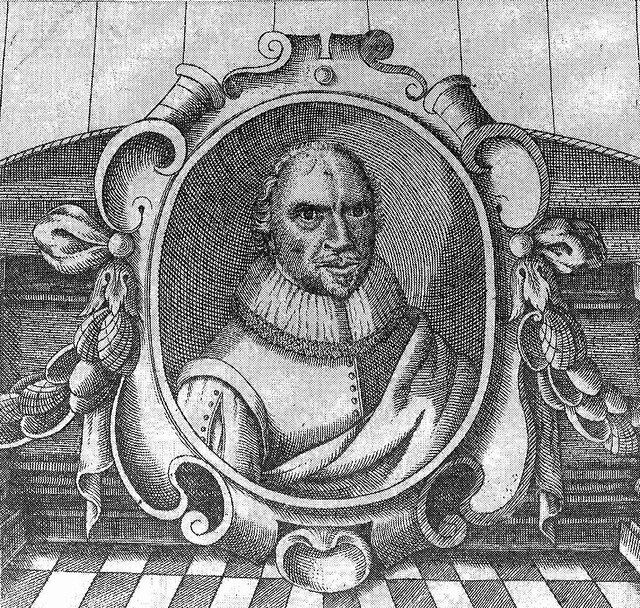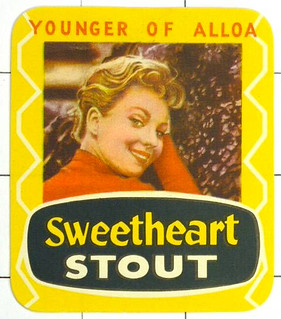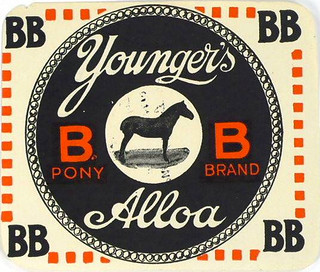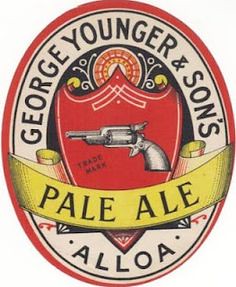
Today is the birthday of John Courage (October 1, 1761-October 1797). He founded the Courage Brewery in London in 1787, when he bought a brew house in Horselydown, Bermondsey, London.

This biography is from Courage & Co., a website dedicated to the Courage Brewery and the Courage family.
John Courage, the founder of Courage & Co., came to London in 1780 as a
younger son of a French Huguenot family who had been exiled and settled in Scotland a century before.In a letter dated 7th February 1786, the Founder’s sister writes to him congratulating him on his marriage to Harriet Murdoch and that “the marriage is no surprise to us and be that she be a sober good woman and that we drank your health on your marriage night very hearty.”

By 1787 he had already been in business in London for eight years as an agent for the Glasgow shipping firm of Carron which traded from the Glasgow Wharf (the Carron and Continental Wharves) on the north side of the Thames, downstream from the Tower of London.
John Courage was the only surviving son of his late father, Alexander, when he left Aberdeen for London in about 1780 to become the Wapping agent for Carron Shipping, leaving behind in Aberdeen his mother Isabel and his unmarried sister Ann. John could see across the river to the foreshore of Southwark and decided to diversify his interests by going into the beer business. Thus it was that the name of Courage became associated with the brewing industry.
When John Courage, together with a number of friends, settled for the purchase of a brew house at Horselydown, on the south bank of the Thames, he was investing his acumen and money in a staple industry at an opportune time. He purchased the Anchor Brewery at Horselydown, Bermondsey, in 1787 from John and Hagger Ellis. An earlier owner of the Brewery was Vassal Webbing a Flemish émigré. What is interesting is that both Vassal Webbing and John were described in G.N. Hardinge’s book, Courages 1787-1932, as being Protestant émigrés. Frank Courage wrote to his daughter Milly in New Zealand in 1914, that he thought John (his Grandfather), could have come from Flanders, as brewing has always been more of an industry there than in France. The only known French Protestant Courages in the 1600s were Thomas and Nicholas Courage, and their names do not appear in Aberdeen, so the search has shifted to Flanders (Belgium), for our Protestant forebears.
On 17th December 1787, John Courage, aged 26, paid a cheque for £100 to the Morris Estate as part payment for the Private House and Old Brewhouse at Horselydown over the Thames and opposite Wapping. On Christmas Eve, John paid the balance on the purchase of £674 18s 9d. On 4th January 1788, he paid George Courage £26 6s for sundries and scroll book. On 15th January 1788 John purchased one silk waistcoat for 19 shillings 8d, and on 7th June paid John Ward £10 for a gelding. On 15th November 1788, the Founder’s sister Ann writes to her brother “this piece of news that our king is died” (Bonnie Prince Charlie in exile in Italy).
In March 1793, tragedy struck and John’s sister Ann died of a fever in Aberdeen and was buried beside her father in Old Machar; there is a long letter from the Founder’s mother, Isabel Courage, about this in the Courage Collection at the Greater London Record Office, EC1, together with the other original letters that survive from this period including the old brewery book.
In May 1793, Archibald Courage from Findhorn supplies his cousin “with 1000 American staves and 20 bundles hoops”. Courage Beer was being shipped all over the world, as its reputation grew. 2 hogsheads of Porter on 25th February 1793 were shipped back to Scotland to the Earl of Fife,
and throughout 1794 barrels of porter were dispatched to India, Dominica, Antigua, Amsterdam, Hambro, Gibraltar and Lisbon. Ann Murdoch, the Founder’s mother-in-law spent £6-10-6 on clothes for her grandson John in September 1796 and Mrs Courage’s house expenses for the month of October 1796 were £9-6-10d.On 26th June 1788 a son, John, was born to John and his wife Harriet and on 8th June 1790 twins Ann and Elizabeth were born. On 23rd February 1795 another daughter, Harriet, was born.
John Courage died in October 1797 aged 36 and was buried at St John’s, Horselydown. His widow, Harriet died in May the following year aged 32, and was also buried at Horselydown. On Harriet’s death, the new John Courage was only 10, and John Donaldson, the managing clerk, took over the running of the Brewery, becoming a partner in the newly named firm of Courage and Donaldson, taking a third of the gross profits which was afterwards enlarged to half, as well as half of the capital.

This is a short history of the brewery from its Wikipedia page:
Courage & Co Ltd was started by John Courage at the Anchor Brewhouse in Horsleydown, Bermondsey in 1787. He was a Scottish shipping agent of French Huguenot descent. It became Courage & Donaldson in 1797. By 1888, it had been registered simply as Courage. In 1955, the company merged with Barclay, Perkins & Co Ltd (who were located at the nearby Anchor Brewery) to become Courage, Barclay & Co Ltd. Only five years later another merger with the Reading based Simonds Brewery led to the name changing to Courage, Barclay, Simonds & Co Ltd. In the late 1960s, the group had assets of approximately £100m, and operated five breweries in London, Reading, Bristol, Plymouth and Newark-on-Trent. It owned some 5,000 licensed premises spread over the whole of Southern England, a large part of South Wales and an extensive area of the East Midlands and South Yorkshire. It was employing some 15,000 people and producing something like 75 million imperial gallons (340,000,000 L) of beer annually. Its name was simplified to Courage Ltd in October 1970 and the company was taken over by the Imperial Tobacco Group Ltd two years later.
Its vast Worton Grange (later the Berkshire) brewery was opened on the Reading/Shinfield border in 1978. The Anchor Brewery closed in 1981 and all brewing was transferred to Reading. Imperial Tobacco was acquired by the Hanson Trust in 1986 and it sold off Courage to Elders IXL who were renamed the Foster’s Brewing Group in 1990. The following year the Courage section of Foster’s merged with the breweries of Grand Metropolitan. Its public houses were owned by a joint-company called Inntrepreneur Estates. Scottish & Newcastle purchased Courage from Foster’s in 1995, creating Scottish Courage as its brewing arm.



